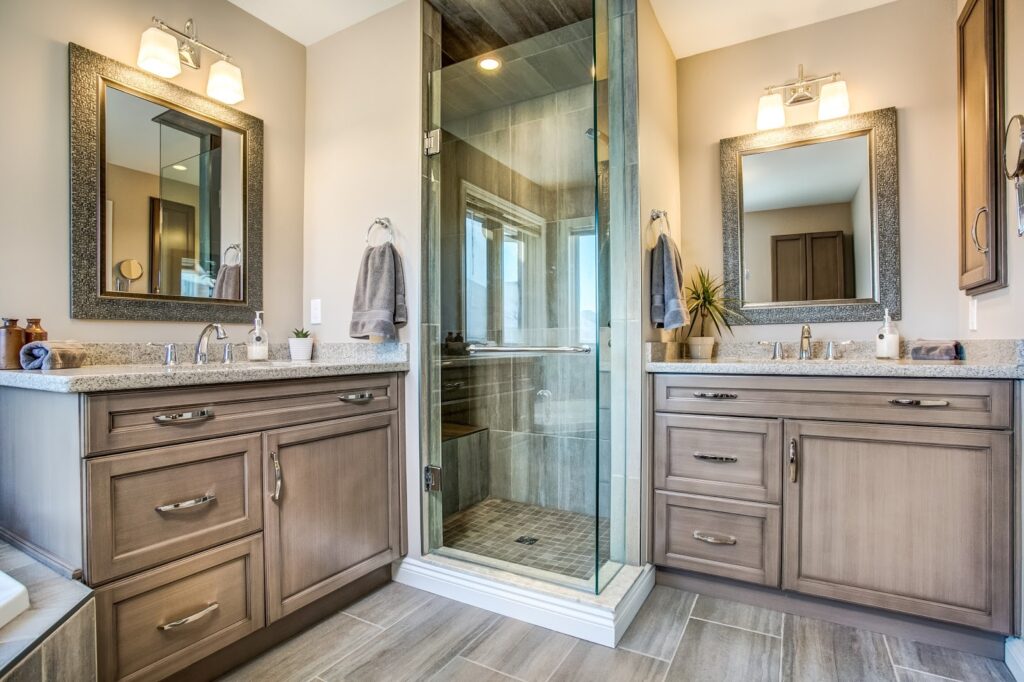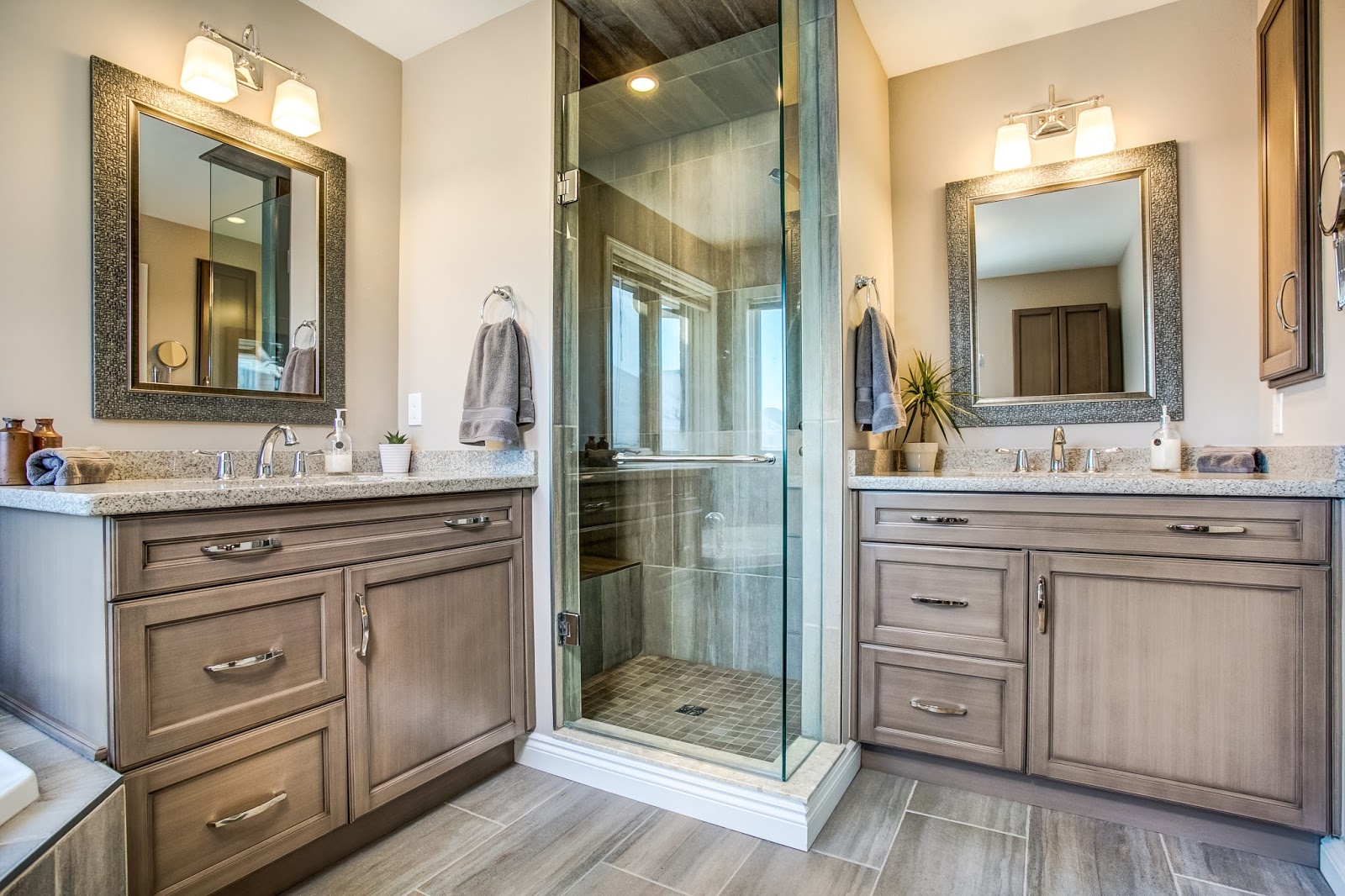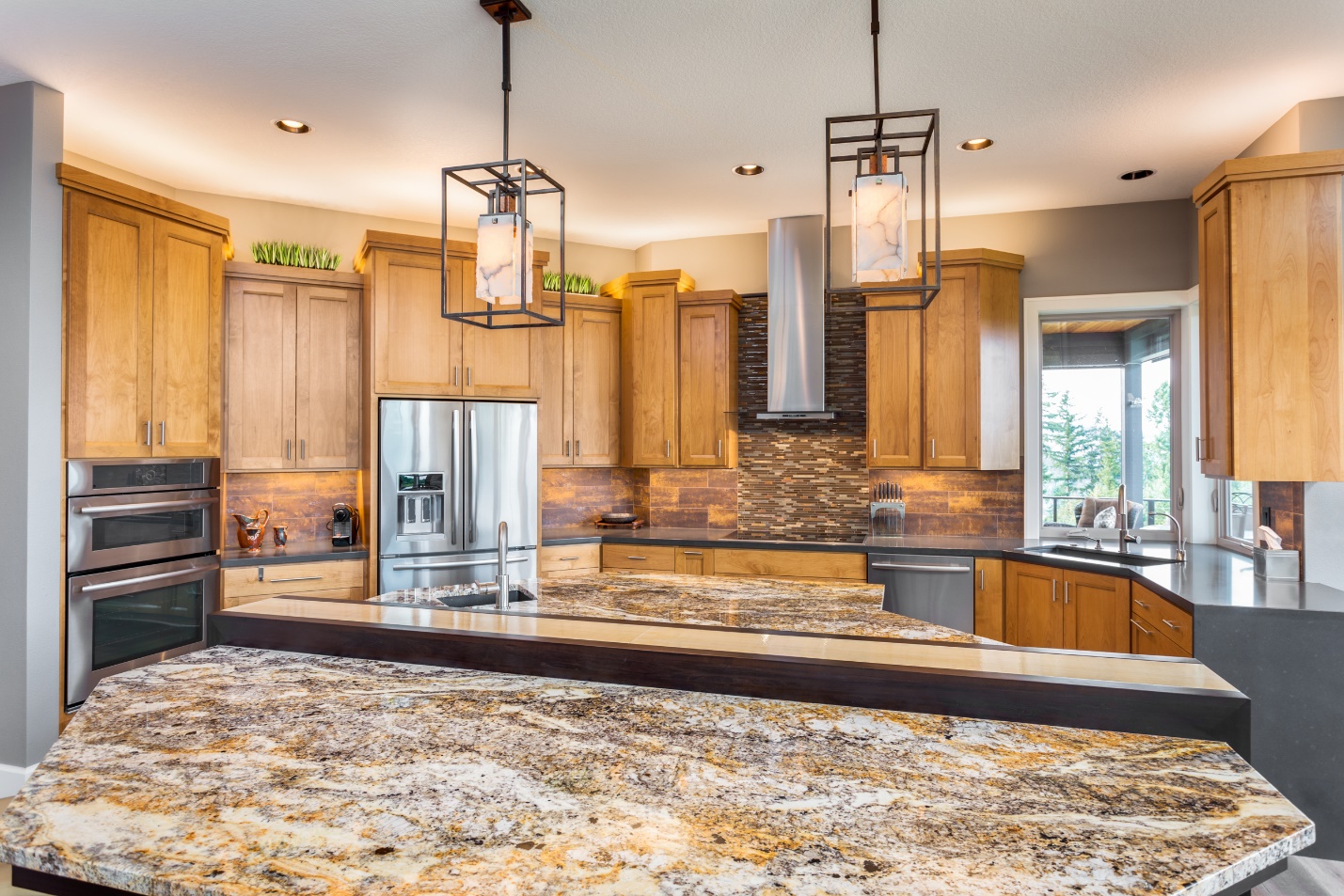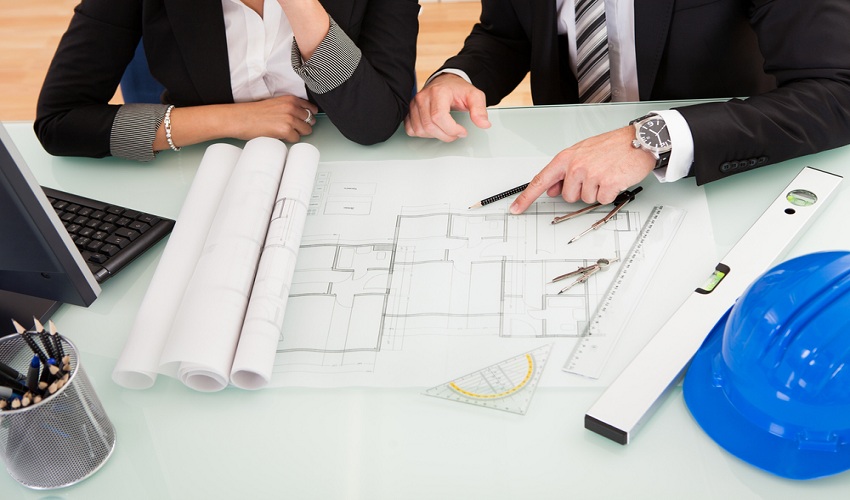When planning a bathroom renovation, one of the first and most important questions is: What is the average bathroom remodel cost? Whether you’re upgrading fixtures, installing new tiles, or reworking the layout, having a clear understanding of costs helps you budget wisely and avoid unpleasant surprises. In this step-by-step guide, with insights from Ron Hazelton, we’ll break down the factors, costs, and practical tips for managing your renovation efficiently.

Content
Step 1: Define Your Bathroom Remodel Goals
Before diving into numbers, define your project scope:
- Minor Remodel: Cosmetic changes like new paint, fixtures, and hardware.
- Mid-Range Remodel: New tiles, updated vanity, and mid-level fixtures.
- Luxury Remodel: Custom shower enclosures, high-end fixtures, and premium tiles.
Each project level significantly impacts the bathroom renovation budget.
Step 2: Break Down the Average Bathroom Remodel Cost
The average bathroom remodel cost varies based on size, materials, and labor, but here’s a general breakdown:
- Labor (40–60% of the budget): Skilled professionals, including plumbers and electricians.
- Materials (30–40% of the budget): Tiles, countertops, vanities, and fixtures.
- Permits and Inspections (5–10%): Required for major plumbing or structural changes.
Quick Estimate:
- Minor Remodel: $3,000–$8,000
- Mid-Range Remodel: $8,000–$15,000
- Luxury Remodel: $20,000+
Understanding these categories will help you align your bathroom upgrade expenses with your financial goals.
Step 3: Choose Cost-Effective Materials
Not all materials are created equal, and prices can vary significantly:
- Budget-Friendly: Vinyl flooring, acrylic shower enclosures.
- Mid-Range: Ceramic tiles, prefabricated vanities.
- High-End: Natural stone tiles, custom cabinetry.
Ron Hazelton suggests:
“Invest in quality where it matters most—like waterproofing and fixtures—and save on areas where aesthetics can be balanced with budget.”
Step 4: Plan for Hidden Costs
Bathroom remodels often uncover hidden problems, such as:
- Water Damage: Mold, rot, or structural issues behind walls.
- Plumbing Upgrades: Older systems may need updates.
- Custom Fixtures: Special orders can add both cost and lead time.
Setting aside 10–20% of your budget for unexpected costs is a wise move.
Step 5: DIY vs Professional Help
While DIY projects can save money, certain tasks require licensed professionals:
- DIY-Friendly: Painting, hardware installation, cosmetic upgrades.
- Hire Professionals: Plumbing, electrical work, structural changes.
Balancing DIY efforts with professional expertise ensures quality results without overspending.
Step 6: Prioritize Your Remodel Goals
When working within a budget, prioritize key areas:
- Functional Improvements: Plumbing, ventilation, waterproofing.
- Aesthetic Upgrades: Tiles, paint, fixtures.
- Luxury Features: Heated floors, smart mirrors, custom showers.
Focusing on what truly matters keeps costs under control.
Step 7: Final Review and Budget Check
Before starting work:
- Compare multiple contractor quotes.
- Review material costs.
- Confirm permit requirements.
Ron Hazelton advises:
“Transparency in budgeting is key. Always ask for a detailed quote and clarify what’s included.”
Key Takeaways: Knowledge is Savings
The average bathroom remodel cost doesn’t have to be a mystery. By understanding each cost component, choosing smart materials, and planning for contingencies, you can achieve your dream bathroom without overspending.
Whether you’re tackling a small powder room update or a luxurious spa-like transformation, informed decisions will guide you to success.

I am Donovan and my love is writing about home improvement. I write mostly about home ideas, but also share some tips and tricks that can make your life easier when it comes to getting things done in the house.






